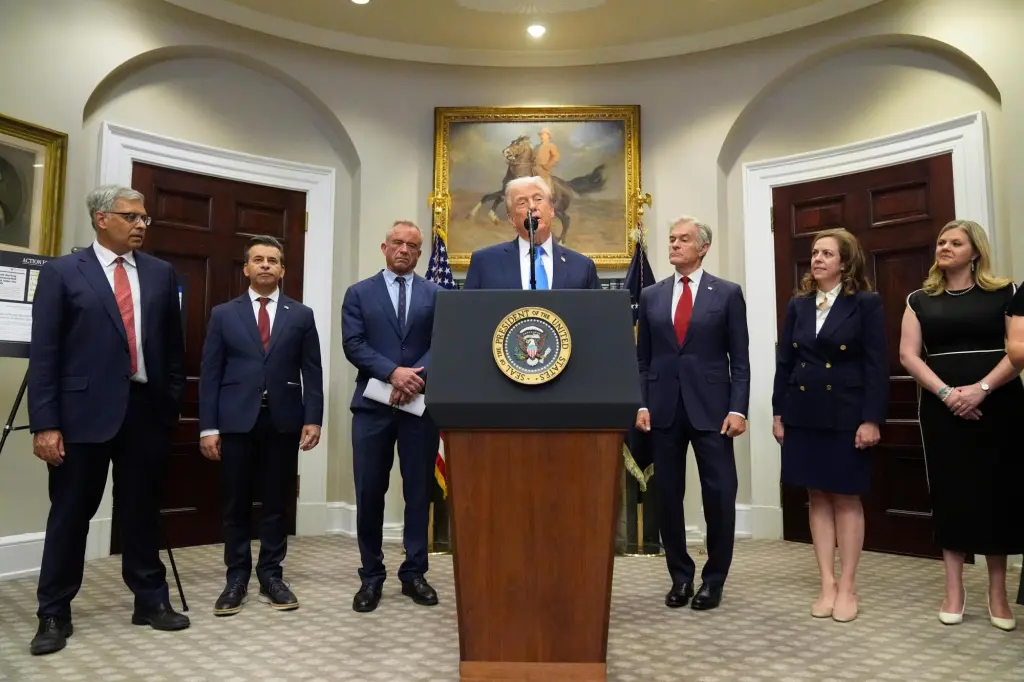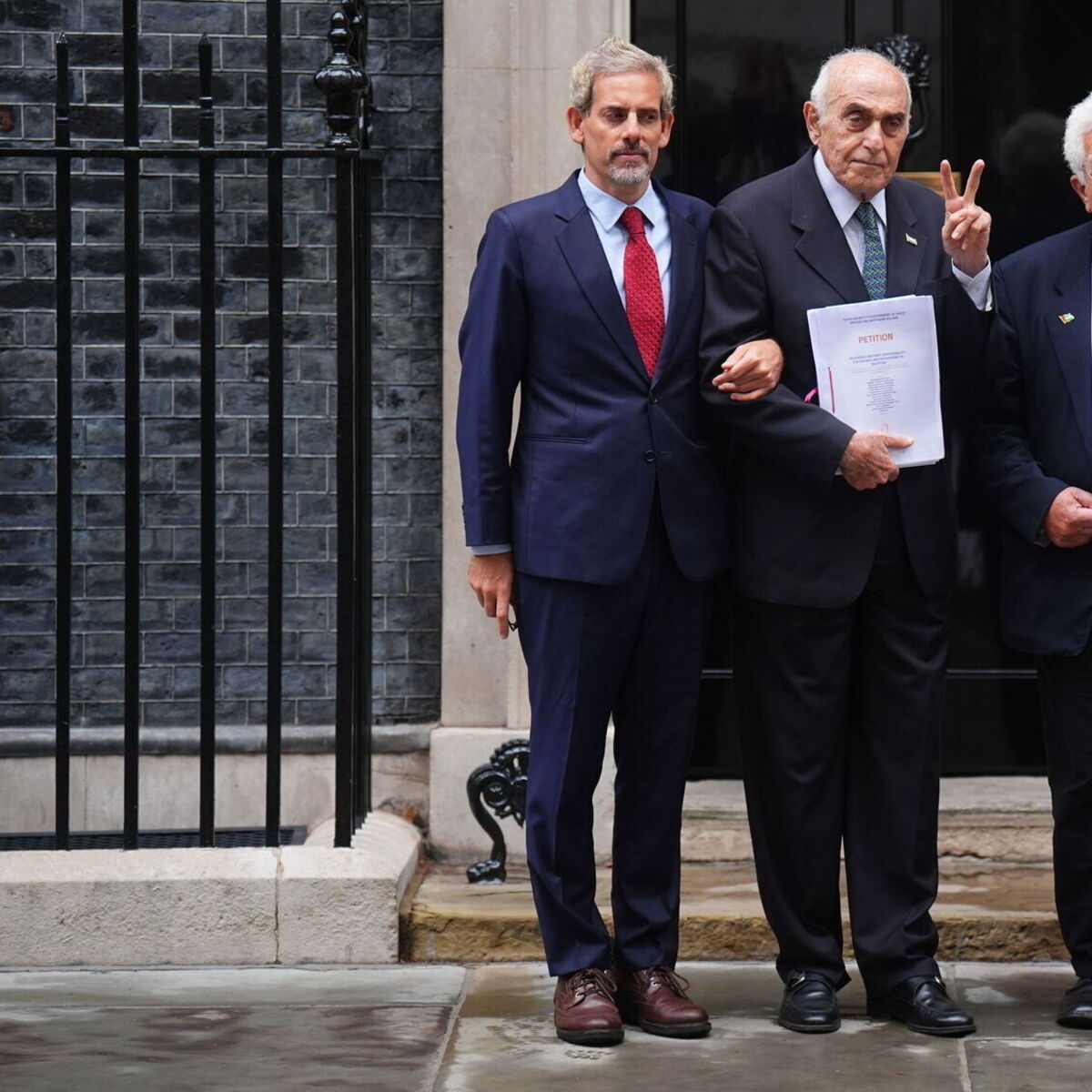By Jim Osman,Senior Contributor
Copyright forbes

Red sign hanging at the glass door of a shop saying: “Going out of business”.
When Red Lobster filed for bankruptcy in 2024, it sent a shockwave through both Wall Street and Main Street. This wasnŌĆÖt a struggling niche chain, it was a household name, a brand that seemed too entrenched to fail. Yet decades of poor management decisions, suffocating debt, and growing tension with franchisees finally caught up. Investors who thought they were holding steady cash flow suddenly found themselves holding claims in a bankruptcy court. The uncomfortable truth is that the same storm clouds are gathering over Dine Brands, the parent of ApplebeeŌĆÖs and IHOP.
A $500 million debt load in a higher-rate world, a CEO whose tenure has overseen a 70% decline in value, and franchisees under mounting stress are all familiar warning signs. Shareholders cannot ignore the parallels. The question is no longer whether casual dining icons can collapse, itŌĆÖs whether Dine Brands is positioning itself as the next Red Lobster.
ApplebeeŌĆÖs and IHOP On The Edge
Red LobsterŌĆÖs collapse wasnŌĆÖt caused by a single misstep, it was the cumulative weight of debt, disenchanted operators, and consumer drift. The same forces are pressing hard on Dine Brands. The numbers tell a blunt story. More than $500 million in debt sits on the books, carrying interest rates that no longer belong in the casual dining economy. With refinancing costs elevated, every quarter that passes erodes flexibility and investor confidence.
Franchisees, who are the most important people at ApplebeeŌĆÖs and IHOP, are feeling it the most. Labor expenses are still quite high, food prices have made margins tighter, and traffic patterns imply that families are choosing faster, cheaper options. The numbers donŌĆÖt add up for many operators anymore. That fatigue feeds a dangerous cycle: fewer new units, reduced investment, and a shrinking growth narrative.
Layered on top is a board that has been slow to act, reactive rather than proactive. Governance that lags reality is governance that destroys value. These arenŌĆÖt distant risks, they are live, measurable threats. Shareholders must recognize that the same warning signs that preceded Red LobsterŌĆÖs bankruptcy are flashing at ApplebeeŌĆÖs and IHOP today.
MORE FOR YOU
Dine Brands since the new CEO joined
The InvestorŌĆÖs Nightmare Scenario
If nothing changes, the path forward for Dine Brands looks eerily familiar. The company carries more than half a billion dollars in high-cost debt, and refinancing in todayŌĆÖs rate environment is no simple exercise. Every additional point of interest eats directly into earnings and strips away flexibility.
Franchisees, already under strain, may begin to defect. That means fewer new store openings, closures in vulnerable markets, and weakening unit economics across both ApplebeeŌĆÖs and IHOP. Once franchisees lose faith, the engine of the model seizes up.
Traffic trends are another risk. Families are increasingly turning into faster and cheaper alternatives. Stagnant traffic means fixed costs become heavier to bear, and margins compress further. At that point, equity slides, debt markets re-price risk, and the cycle begins to spiral. Shareholders could be holding the next Red Lobster without realizing it. The parallels are too strong to ignore.
Leadership Accountability
John PeytonŌĆÖs record at Dine Brands is impossible to defend. Since he took the helm, the stock has collapsed by more than 70 percent, wiping millions from shareholder pockets. During that same period, he has taken home roughly 25 million dollars in compensation. That is not alignment; that is governance rot.
The deeper problem is not just the numbers; it is the hesitation. Debt refinancing has been delayed. Franchisee pain has been brushed aside. Operational modernization has been delayed. Markets penalize hesitancy, yet this management team persists in acting as though time is in their favor. It is not. Every quarter of inaction tightens the debt trap and weakens the franchise system. Shareholders are not just paying the price for poor leadership; they are paying for leadership that refuses to lead.
Franchisee Reality Check
Franchisees are the heartbeat of ApplebeeŌĆÖs and IHOP. When they thrive, the model works. When they struggle, equity collapses. Right now, they are struggling. Food inflation has crushed margins, labor costs are rising, and outdated kitchens slow service and sap efficiency.
Competitors are not standing still. Operators at rival chains are deploying TurboChef ovens, digital kitchen systems, and streamlined menus to cut costs and speed throughput. Dine BrandsŌĆÖ franchisees are being left behind. They see it every day in the P&L. When franchisees bleed, shareholders bleed. Declining unit economics mean fewer openings, more closures, and lower returns on capital. That spiral does not take years to unfoldŌĆöit shows up in traffic counts and earnings misses quarter by quarter. If we donŌĆÖt modernize the system now, Applebee’s and IHOP will experience the same slow decline that led Red Lobster to bankruptcy.
What Needs To Change?
The parallels to Red Lobster are too clear to dismiss, but this story does not have to end in bankruptcy court. The solutions are available, and they begin with three decisive steps.
The first step is the financial fix. Dine Brands must address its debt overhang. We cannot allow more than 500 million dollars in high-cost obligations to linger in a higher-rate environment. Refinancing on stronger terms and prioritizing balance sheet health are non-negotiable if investors wish to regain confidence.
The second step is the operational fix. ApplebeeŌĆÖs and IHOP need immediate modernization. Kitchens must be upgraded with proven technology such as TurboChefs and digital display systems. Menu simplification and tighter execution will restore efficiency and reduce the burden on franchisees. These changes improve margins, strengthen unit economics, and create room for renewed expansion.
Finally, the governance fix. A board that has been reactive must be refreshed with independent directors who understand both capital allocation and the realities of running restaurant systems. A board should align with the interests of shareholders, not shield them from accountability.
The Upside If Fixed
There is a chance, but there is also fear. If Dine Brands deals with its debt head-on and refinances more than $500 million in high-cost liabilities, its ability to make money grows right away. Operational renovations, updated kitchens, simpler menus, and smarter systems bring back franchisee trust and raise profit margins. Stronger unit economics lead to more openings instead of closures, which helps growth start again. A new board that fosters order and consensus with shareholders could finally provide this company with the re-rating it has sought for years. If all of these things happen, the stock may quadruple in value over the next two to three years. For shareholders, the choice is clear: act now and take advantage of structural upside, or watch value slowly disappear as the company becomes less important.
Call To Action
For shareholders, the moment of decision has arrived. You can accept a slow slide into irrelevance, or you can demand urgent change before the parallels to Red Lobster become reality. The warning lights are flashing across the balance sheet, in franchisee economics, and inside the boardroom. Without decisive action, the path forward is one of shrinking equity, eroding confidence, and ultimately value destruction.
The fixes are clear. Refinance the debt. Modernize operations. Refresh the board with leadership aligned to shareholder interests. We have put forward nominees and solutions that can deliver these results. What is needed now is accountability and the will to act. Markets reward clarity. If mispriced change is your work, turnarounds are your advantage. For ApplebeeŌĆÖs and IHOP, clarity means reform before it is too late. Shareholders should insist on it now, while the choice remains theirs to make.
Editorial StandardsReprints & Permissions



